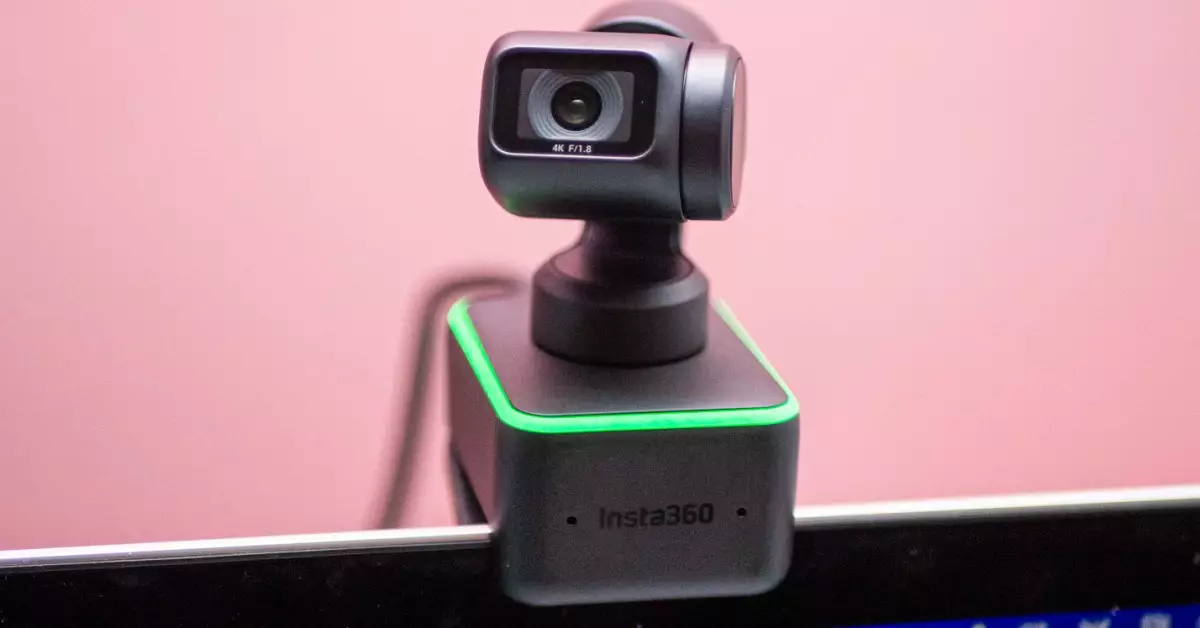The gaming landscape is evolving rapidly, and with the Nintendo Switch 2, Nintendo aims to broaden the scope of how gamers connect with one another. Video chat has become an integral feature for many, fostering social connections that transcend geographical boundaries. The Switch 2’s announcement of video chat capabilities was met with excitement, yet the specifics surrounding compatible webcams brought a wave of confusion. Players are eager to dive into this new realm of communication, but finding the right webcam seems to be a challenge.
Imagine this: you’ve just invested in the Nintendo Switch 2, excited about the prospect of video chats with friends. You purchase an off-the-shelf USB-C webcam, only to find out it’s incompatible. This scenario is becoming a common tale among early adopters, raising critical questions regarding Nintendo’s claims of compatibility and the selection of webcams currently on the market.
Compatibility Chaos: A False Sense of Choice
Nintendo’s assertion that any USB-C webcam would work with the Switch 2 initially seemed like a promise of versatility. However, early tests and user experiences indicate that this may not be entirely true. A slew of widely recognized webcams, such as the Logitech Brio 4K and Elgato Facecam MK.2, have proven incompatible, while older models like the Logitech C920 function seamlessly. This disparity poses a significant dilemma: how can consumers make informed decisions about their purchases?
The lack of a definitive list of compatible webcams only compounds the problem. Manufacturers and Nintendo alike have largely sidestepped responsibility, leaving consumers to fend for themselves. It raises a critical question: why would Nintendo facilitate confusion with vague compatibility claims? Users deserve clarity when venturing into new technology, especially with a gaming console that has significant investment attached.
Unveiling Potential: The Quest for a Solution
Despite the confusion, the Switch 2 does allow users to test various webcams easily. The quick accessibility of the system settings to check USB camera functionality is a thoughtful feature. Users can identify compatible devices almost effortlessly, but the overall experience feels scattered and reactionary. Why hasn’t a comprehensive list been released prior to the console’s launch? An official roster not only saves time but builds trust with the consumer base.
This quest for compatibility also highlights a broader industry dilemma. As gaming moves forward, developers and manufacturers need to prioritize seamless integration and interoperability between devices. Striking a balance between innovative features and user-friendliness is essential. As of now, it appears that gamers and tech enthusiasts must rally to compile a list of working webcams, turning the search into a community-driven endeavor. The aggregate knowledge and experiences shared among users could fill the void left by manufacturers’ silence.
The Road Ahead: A Call for Industry Accountability
Looking forward, there’s a significant opportunity for manufacturers to step up and advocate more actively for their products. While Elgato’s openness about potential firmware updates is admirable, this should be the norm rather than the exception. Companies have a responsibility to ensure that consumers aren’t left grappling in the dark with technology that should work seamlessly across platforms.
What’s truly needed is a collaborative effort from manufacturers to unify their approaches to compatibility. A standardized list that continually updates as new devices are tested would empower gamers and enhance the overall experience. As Nintendo continues to innovate, it becomes increasingly important for them and their partners to be transparent and proactive with their customer base.
Gaming is not just about solitary experiences; it thrives on connectivity and community. As manufacturers work towards better compatibility and communication, the goal should be to create an inclusive ecosystem where gamers can enjoy their experiences without the hassle of navigating technical difficulties. With proactive measures and accountability, the future of video chat on consoles can be bright and engaging.

